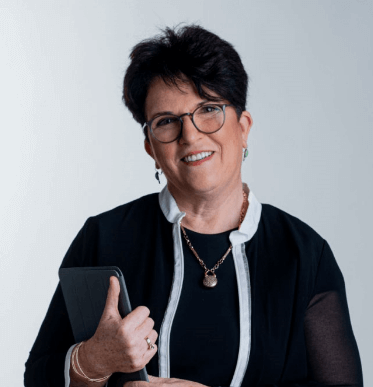Putting AI to Work on the Frontlines of Medicine
Technological innovations are key to providing patients with the best possible care. Clinicians must pursue industry collaborations, which have already proved to be highly advantageous for our healthtech counterparts as well.
Dr. Michal Guindy
Head of Ventures & Innovation
Director of Imaging Services
We live in extraordinary times! The technological revolution touches every facet of our lives; increasing productivity, reducing risks in the workplace, and perhaps most importantly, improving healthcare for billions.
As a practicing radiologist, Director of Imaging Services, and Head of Ventures and Innovation at Assuta, I am uniquely positioned to observe, assess and facilitate the application and integration of life-changing innovations into the healthcare system.
Wearing my Director of Imaging Services ‘hat,’ I am always looking for ways to better serve our patients. It is therefore fortunate that my chosen profession, radiology, is data-driven and has already undergone a process of standardization. This has made it ground zero for the application of AI in clinical decision-making, risk assessment, and workflow improvement.
AI and Medical Imaging: A Great Place to Start
AI can be integrated at every step of the imaging process to improve efficiencies and outcomes. From patient records to scheduling, acquisition, processing, perception, reasoning, reporting, and communication, and has a part to play in streamlining and optimizing outcomes: resulting in increased productivity, better quantifying of results, and improved precision of analysis. All this leads to the provision of better medical care, superior outcomes, and improved patient experience and adherence.
However, success at integrating these innovations in clinical workflows largely depends on the extent to which researchers collaborate with clinicians in determining how to best utilize AI technologies in clinical practice. One such example is Assuta’s collaboration with Aidoc. In a bid to provide our patients with the best diagnostics, RISE, Assuta’s innovation arm, recognized the potential of Aidoc’s AI-based image processing technology, which detects conditions requiring immediate action in CT scans, and moved to quickly implement it in Assuta’s facilities. This became our first full-scale deployment of an AI tool in Assuta’s Medical Imaging Department.
AI can be integrated at every step of the imaging process to improve efficiencies and outcomes
A Life-Saving Collaboration
As in most other healthcare institutions, radiographers are responsible for CT acquisition and patient guidance during procedures at Assuta, while radiologists analyze results afterward. Aidoc’s solution aids radiologists in acute care settings by alerting them of emergency situations as they analyze scan results under high-pressure conditions. However, this may be too late in ambulatory settings, applicable to most of our patients, as radiologists often analyze results days after tests are performed when dealing with ambulatory patients.
It is here where the collaborative element comes into play, as well as RISE. Outlining Assuta’s needs, RISE teamed up with Aidoc to create a new use case for their image processing technology, modifying the system to alert radiographers of potential emergency situations mere seconds after a test was completed and when the patient is still in the room. This empowers radiographers to promptly identify life-threatening complications and notify one of our radiologists, who can then, when necessary, direct patients for prompt treatment.
Within two days of integrating the system into our large-scale CT test workflow (200,000 CT tests are performed at Assuta annually), Aidoc was already helping Assuta save lives and identify emergency cases that lead to immediate clinical intervention.
As this example illustrates, the collaboration with clinicians and end-users is vital for the development and validation of healthtech technologies. It thus becomes clear why RISE is so crucial, both to Assuta and for medical imaging ventures, as the missing link between clinicians and innovators.

